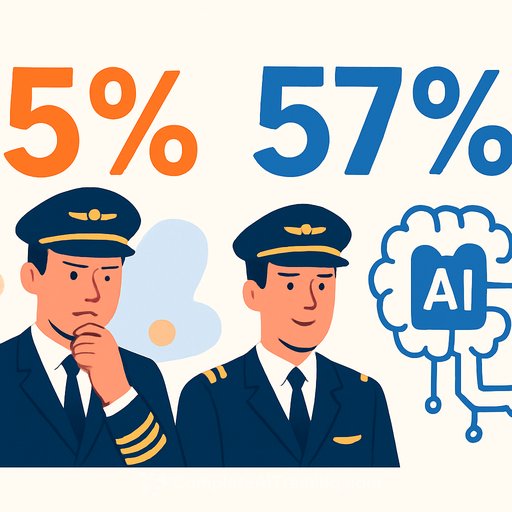Securonix CEO Discusses SIEM Strategy in the AI Era
Enterprises face growing challenges securing expanding volumes of data without overwhelming their security teams. Issues such as rising SIEM costs, alert fatigue, and architectural sprawl are pushing organizations to rethink their cybersecurity approach. Kash Shaikh, President and CEO of Securonix, shares insights on these challenges, customer priorities, and the practical role of generative AI in security operations.
From Large Enterprises to Specialized Cybersecurity
Kash Shaikh brings extensive experience from top firms like Dell, HPE, and Cisco. There, he learned that growth hinges on deeply understanding customer challenges and building relationships that last beyond the sale. Instead of starting with a product and hoping it fits the market, success comes from designing solutions around real customer needs.
Securonix has long invested in AI and machine learning, using these technologies to detect anomalies and deliver meaningful analytics. Their latest innovation, the Insider Intent Agent, leverages generative AI to analyze internal language patterns and detect risky intent before incidents occur. For example, if an employee searches for ways to steal company data, the system can alert security teams early, similar to predictive threat detection.
Generative AI’s Role in Reducing False Positives
Generative AI is already delivering measurable impact for customers like Alberta Health, which has saved significant costs by avoiding threats. In healthcare, protecting patient data is critical, and reducing false positives enables security teams to focus on true risks.
Financial institutions also benefit. One of India’s largest private banks, with 120 million customers, uses Securonix to protect transactions at scale. Another client in Singapore has reduced false positives to zero, allowing analysts to concentrate on genuine anomalies. This focus is essential amid cybersecurity talent shortages, where wasted effort on false alerts can be costly.
Budget constraints add another layer of complexity. Security data can grow by 30% to 60% annually, while budgets remain flat or grow modestly. To address this, Securonix developed a data pipeline manager that filters security data, sending only high-value information to the SIEM for real-time detection. Less critical compliance logs are archived separately, reducing costs by up to 30%—a vital advantage for regulated sectors like finance and healthcare.
Rethinking SIEM Pricing in the AI Age
Shaikh emphasizes that pricing strategies must align with customer realities. It’s unsustainable for CISOs to face constant budget hikes without corresponding value. While investments in technology justify some price increases, excessive or exploitative pricing risks losing customers.
Securonix’s approach is to solve genuine pain points rather than locking customers into expensive contracts. If a vendor doesn’t address key challenges, customers will seek alternatives. Innovative solutions like the data pipeline manager reflect a focus on customer benefit over revenue maximization.
Balancing Solution Sprawl and Platform Consolidation
The idea that one vendor should provide all cybersecurity tools isn’t always practical. Shaikh points out that some diversity in security environments can be beneficial. Consolidation has its place, especially in the Security Operations Center (SOC), where analysts manage multiple technologies efficiently.
However, relying on a single vendor for endpoint security, SIEM, and firewall can create blind spots. Threats originating outside a uniform ecosystem may go undetected. Securonix’s recent acquisition of ThreatQuotient expands their external threat detection capabilities, illustrating how selective integration enhances coverage.
The key advice: cybersecurity strategies should reflect each organization’s unique environment. Not all SIEM platforms support diverse infrastructures, so companies must choose solutions that maintain visibility across multiple endpoints and data sources.
Final Thoughts
Security leaders need solutions that scale with data growth, reduce noise, and focus teams on real threats. Generative AI is proving valuable in filtering alerts and predicting intent, helping enterprises secure sensitive information without ballooning costs.
For executives shaping cybersecurity strategy, the lesson is clear: prioritize customer needs, embrace practical AI applications, and design flexible architectures that balance consolidation with comprehensive threat visibility.
Your membership also unlocks:






